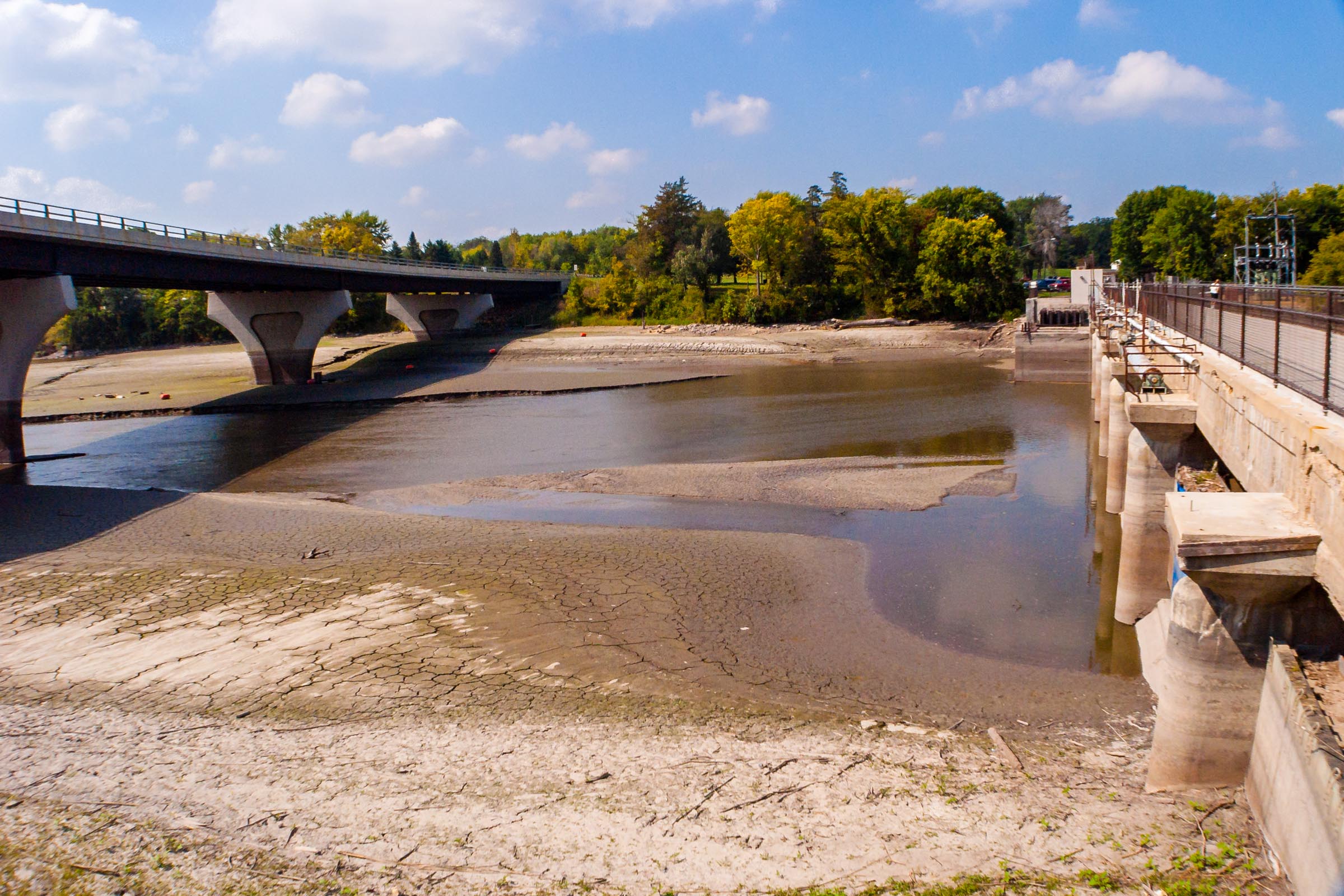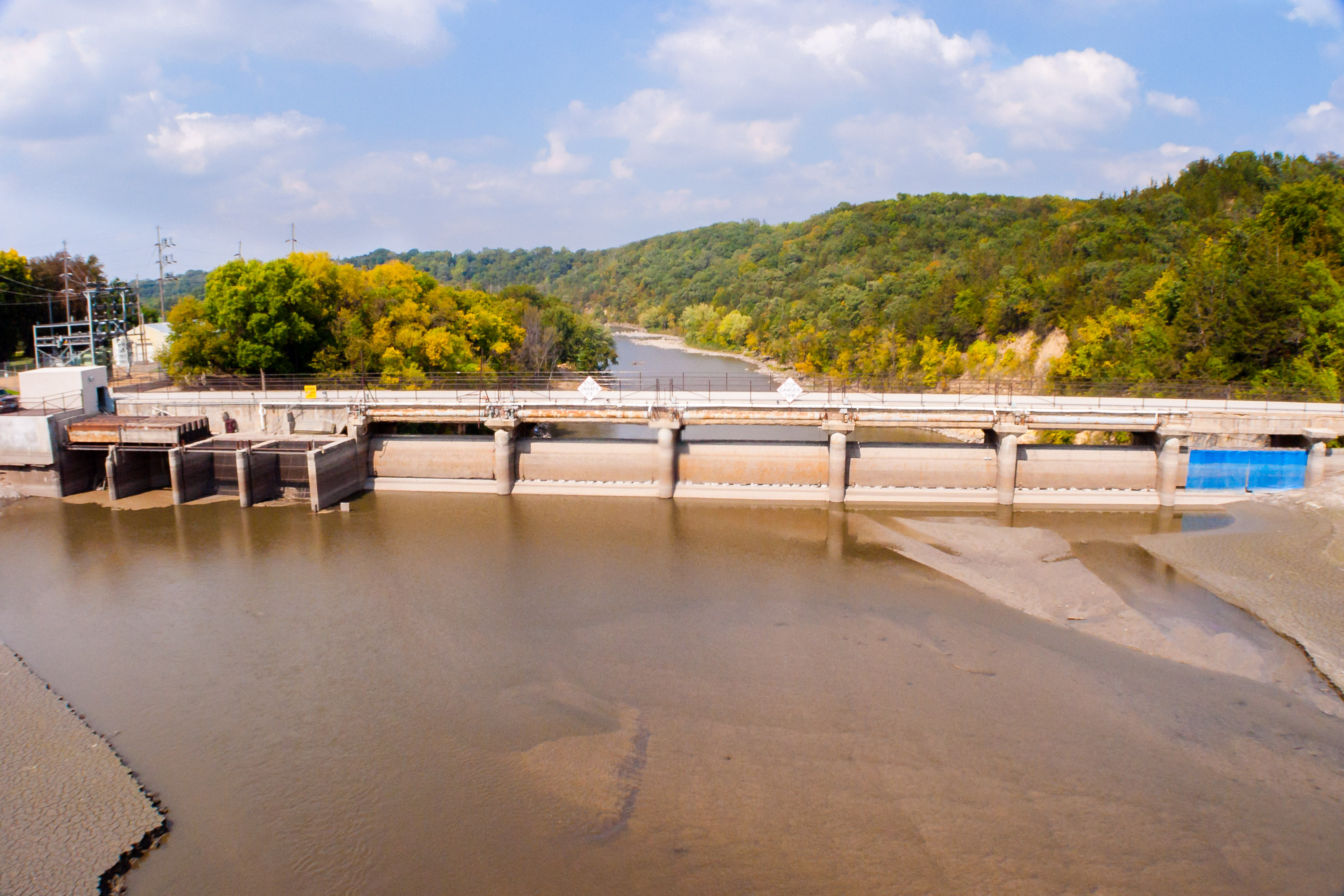Location and Geography

Rapidan dam location – Nestled amidst the rolling hills of Virginia’s Piedmont region, the Rapidan Dam stands as a testament to the ingenuity and resourcefulness of human engineering. Its exact coordinates are 38°20’08″N 78°08’42″W, placing it in Culpeper County, approximately 60 miles southwest of Washington, D.C.
Rapidan Dam, nestled amidst the serene landscape of Virginia, stands as a testament to human ingenuity. Its colossal structure holds back the mighty Rappahannock River, creating a reservoir that serves as a vital source of water for the region. However, the specter of dam failure lingers, as evidenced by the tragic events that unfolded in Minnesota.
The catastrophic failure of the dam failure minnesota serves as a stark reminder of the potential consequences of such a disaster. Yet, the engineers and operators of Rapidan Dam remain vigilant, constantly monitoring and maintaining the integrity of this vital infrastructure, ensuring the safety of the communities it protects.
The dam’s location is strategically significant, situated on the Rapidan River, a tributary of the mighty Rappahannock River. The surrounding landscape is characterized by gentle slopes, lush forests, and rolling meadows, providing a picturesque backdrop to this vital infrastructure project.
Nestled in the heart of Virginia, the Rapidan Dam serves as a testament to human ingenuity. Its sturdy structure has withstood the relentless flow of the Rapidan River for decades. However, in moments of extreme duress, nature’s fury can unleash its wrath.
As witnessed during the rapidan dam break , the dam’s defenses crumbled under the relentless pressure of floodwaters. Despite its momentary surrender, the Rapidan Dam remains a testament to the enduring power of both nature and human determination.
Topography and Landscape, Rapidan dam location
The Rapidan River meanders through a valley carved by centuries of erosion. The dam is constructed at a narrow point in the river’s course, where the valley walls rise steeply on either side. The surrounding terrain is a mosaic of deciduous forests, open fields, and scattered farmsteads, creating a harmonious blend of natural and agricultural landscapes.
The Rapidan Dam, a majestic structure nestled amidst the rolling hills of Virginia, stands as a testament to engineering prowess. Its proximity to the historic Mankato Dam, which succumbed to a catastrophic failure in 1998 mankato dam failure , serves as a poignant reminder of the fragility of human constructions.
Yet, the Rapidan Dam remains a steadfast guardian of the surrounding landscape, ensuring the flow of water that sustains life.
Significance of Location
The Rapidan Dam’s location plays a crucial role in its multiple functions. Its proximity to major population centers, including Washington, D.C., makes it a valuable source of water supply for the region. The dam’s ability to regulate the flow of the Rapidan River provides flood control protection downstream, safeguarding communities from the destructive effects of flooding.
Moreover, the dam harnesses the river’s energy to generate hydroelectric power, contributing to the region’s renewable energy portfolio. The combination of water supply, flood control, and power generation makes the Rapidan Dam an essential asset to the surrounding area.
Technical Specifications: Rapidan Dam Location

The Rapidan Dam is an impressive feat of engineering that showcases the ingenuity and technical prowess of its designers and builders. Its key technical specifications are as follows:
- Height: 105 feet (32 meters)
- Length: 1,100 feet (335 meters)
- Capacity: 323,000 acre-feet (398 million cubic meters)
- Type of construction: Concrete gravity dam
The dam’s construction utilized a combination of materials, each chosen for its specific properties:
- Concrete: The primary material used in the dam’s construction, concrete is renowned for its strength, durability, and ability to withstand water pressure.
- Steel: Steel reinforcement bars were embedded within the concrete to provide additional strength and resistance to cracking.
- Rock: Excavated from the nearby Blue Ridge Mountains, rock was used to create a foundation for the dam and to fill in gaps between the concrete sections.
The dam’s design features several innovative elements that address the unique challenges of its location and purpose:
- Spillway: A spillway is a controlled opening in the dam that allows excess water to flow over the dam during periods of heavy rainfall or flooding.
- Intake towers: These towers house the intake valves that control the flow of water from the reservoir into the downstream canals.
- Outlet works: The outlet works allow water to be released from the reservoir for various purposes, such as irrigation, water supply, and flood control.
The construction of the Rapidan Dam presented several engineering challenges, including:
- Geological conditions: The dam’s site is located in an area with complex geological formations, which required careful planning and excavation.
- Water pressure: The dam must withstand the enormous pressure of the water it impounds, which required meticulous design and construction techniques.
- Environmental considerations: The dam’s construction had to minimize its impact on the surrounding environment, including the local wildlife and vegetation.
Despite these challenges, the Rapidan Dam was successfully completed in 1935 and has since played a vital role in providing water for the Washington, D.C. metropolitan area and supporting the local economy. Its enduring legacy is a testament to the skill and dedication of the engineers and builders who brought this remarkable structure to life.
Historical and Cultural Context

The Rapidan Dam stands as a testament to the transformative power of engineering and the enduring spirit of human ingenuity. Its construction, spanning several years, was a pivotal moment in the history of the region, shaping its social, economic, and cultural landscape.
The dam’s origins can be traced back to the early 20th century, when the growing demand for electricity and water resources prompted the creation of a comprehensive plan to harness the power of the Rapidan River. In 1918, the Rapidan Power Company embarked on the ambitious project, which would forever alter the course of the river and the surrounding communities.
Timeline and Key Milestones
- 1918: The Rapidan Power Company begins construction of the dam.
- 1922: The dam is completed and begins generating electricity.
- 1936: The dam is acquired by the Virginia Electric and Power Company (VEPCO).
- 1975: The dam is designated as a National Historic Landmark.
- 2018: The dam undergoes a major renovation to improve its safety and efficiency.
The construction of the Rapidan Dam brought both challenges and opportunities to the surrounding communities. The influx of workers and the establishment of a new industry stimulated economic growth, while the creation of the reservoir provided recreational opportunities and a new source of water for irrigation.
Social and Economic Impact
- Economic Growth: The construction of the dam and the establishment of the hydroelectric plant created hundreds of jobs and boosted the local economy.
- New Industries: The availability of reliable electricity attracted new industries to the area, including manufacturing and tourism.
- Improved Infrastructure: The dam’s construction also led to the improvement of roads and bridges in the surrounding area.
- Environmental Concerns: While the dam provided numerous benefits, it also raised concerns about its impact on the environment, including changes in water flow and the displacement of wildlife.
Over the decades, the Rapidan Dam has become an integral part of the region’s cultural heritage. Its imposing structure and picturesque setting have made it a popular destination for tourists and locals alike. The dam has also served as a backdrop for numerous events, including concerts, festivals, and historical reenactments.
Cultural Significance
- Landmark and Tourist Attraction: The Rapidan Dam is a recognizable landmark and a popular destination for tourists from around the region.
- Historical Significance: The dam’s designation as a National Historic Landmark highlights its importance in the history of engineering and the development of the region.
- Cultural Events: The dam’s scenic setting and proximity to major cities make it an ideal venue for cultural events and gatherings.
- Local Heritage: The Rapidan Dam is a source of pride for the local community and a symbol of its resilience and ingenuity.
Nestled amidst the verdant hills of Virginia, the Rapidan Dam stands as a testament to engineering prowess. Yet, its very existence evokes a poignant reminder of the fragility of such structures. The catastrophic failure of dams, as chronicled in the annals of dam failure , serves as a stark warning of the devastating consequences that can ensue when these guardians of water falter.
And so, the Rapidan Dam, while a marvel of human ingenuity, also whispers a tale of caution, reminding us of the constant dance between progress and potential peril.
Nestled amidst the rolling hills of Virginia, the Rapidan Dam stands as a testament to human ingenuity. However, its imposing structure also carries a reminder of the potential for dam failure , a catastrophic event that can unleash devastating consequences.
As the sun dips below the horizon, casting an ethereal glow upon the dam, one can’t help but ponder the fragility of these structures that hold back the relentless force of water, shaping the landscape and the lives that depend upon it.